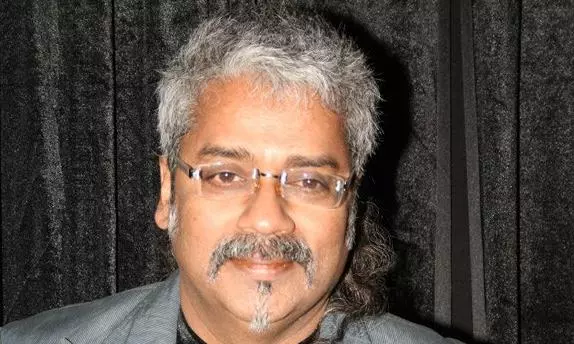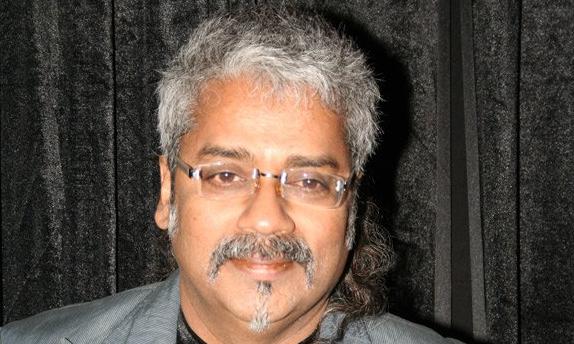
New Delhi: Growing up in Mumbai, a young Hariharan would often wake up to the sounds of ragas, the aroma of tea in the air and intense discussions on complex Carnatic compositions. The world outside the four walls was a similar mix with music at the centre of it as the city exposed Hariharan to devotional tunes from temples, street performances during Ganesh Chaturthi, the glamour of Bollywood, and classical music concerts. Born in 1955 to classical musicians H A S Mani and Alamelu Mani, music seemed like a natural choice for Hariharan. “Music wasn’t just an art in my household-it was a way of life. Growing up in a family of classical musicians was a blessing that I didn’t fully comprehend as a child,” Hariharan told PTI in an interview.
“My earliest memories are filled with the sounds of ragas being practised in the early hours of the morning and the aroma of tea wafting through the air,” he added. The singer is celebrating his glorious five-decade career in music with his ’50-year Legacy Concert’ at the Major Dhyan Chand National Stadium on November 30.
“It’s been a journey of passion, perseverance, and profound connections with my audience. Reflecting on 50 years in the music industry feels surreal. This concert is not so much a tribute to my legacy as it is a celebration of the incredible bond I share with my listeners.” His early classical training, he said, became an anchor for future ventures into film music, ghazals, bhajans and his fusion band ‘Colonial Cousins’.
“It gave me the confidence to experiment, to blend styles, and to adapt to the demands of different musical worlds. Take film music, for instance. It requires versatility; one day, you’re singing a romantic melody, and the next, you’re performing an upbeat number. Classical training helped me navigate those shifts effortlessly,” the 69-year-old said. While instilling “deep respect for the craft”, his early training in classical music also taught him the music isn’t just about performance. “It’s about devotion”. The singer began his playback career with the song “Ajeeb sa neha” in Muzaffar Ali’s “Gaman” in 1978 and film music onwards played an important role in his career. But before he began singing for movies, he was already a performer of ghazal songs on television since 1974. Hariharan has sung some of the most memorable songs in films across languages, including “Roja”, “Jeans”, “Humse Hai Muqabla”, “Bombay”, “Rangeela”, “Khamoshi: The Musical”, “Maachis”, “Dil To Pagal Hai”, “Ziddi”, “Iruvar”, “Taal”, “Guru”, “Enthiran”, “Sivaji”, and “Sita Ramam”. In a country like India where cinema is so deeply ingrained in our culture, Hariharan said film music offers an incredible platform and unparalleled reach to an artist.
“For me and my career, film music was certainly a stepping stone, but it was my forays into other genres — ghazals, bhajans, fusion music, and live performances — that helped me carve out a legacy,” the Padma Shri awardee said. While film music can certainly act as a springboard for the newer generation of musicians, Hariharan suggested that “it alone should not define their career”. “It provides visibility, recognition, and a chance to collaborate with some of the finest lyricists, composers, and directors. It also teaches you adaptability—one day, you might be singing a soulful ballad; the next, a peppy dance number. That versatility can strengthen you as an artist,” he said. While Chennai is close to him for introducing him to the depth of Carnatic music and its incredible discipline, Kolkata for its soulful music, Bangalore for its vibrant music scene and Delhi for its rich cultural heritage, Hariharan’s heart belongs to Mumbai, a city that taught him the importance of hard work and seizing opportunities. “It isn’t easy—it’s fast, it’s competitive, and it demands your all. Those early years of struggle, running from studio to studio, meeting composers, and getting rejected before I got my first break, were invaluable,” he said. “Mumbai pushed me to be better every single day, and that drive continues to fuel me even after all these years,” he said, crediting its diversity and inclusivity for encouraging him to experiment. Hariharan’s ghazals, bhajans, and live performances are as popular as the songs he has sung in movies. One of Hariharan’s most popular bhajans, ‘Hanuman Chalisa’, with Gulshan Kumar is among the most viewed devotional songs on YouTube with over four billion views. His ghazal albums, including “Aabshar-e-Ghazal” with Asha Bhosle, “Kaash”, and “Lafzz” have established him as a proficient ghazal singer. The concert in Delhi will take audiences on a nostalgic journey through his remarkable career, featuring his iconic ghazals, Bollywood hits, and classical renditions. He is also looking forward to singing live with his band ‘Soul India’ and he hopes to bring all the different worlds of music together whether it is film songs, ghazals or bhajans. The raw energy of a live band is different and he hopes he is able to create an unforgettable experience for his audience on Saturday.
“There’s an energy on stage that no studio recording can replicate—the instant connection with the audience, the shared joy, and the sense of being fully present in the moment. Those experiences are truly unparalleled, and they’ve shaped me as an artist and a person,” he said.
